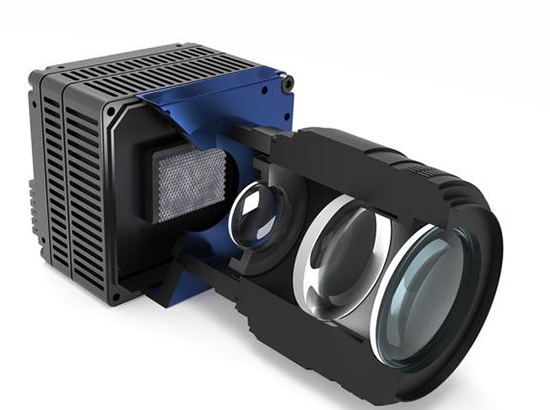Imaging is the most fundamental application of optical components and serves as the foundation for other developments in optoelectronics.
Optical components play a crucial role in imaging and optoelectronic technologies. Optical elements such as lenses, prisms, and mirrors are fundamental to optical systems, enabling optical imaging and transmission. These components control the propagation direction and energy distribution of light through focusing, dispersion, reflection, and refraction, thereby achieving various functions such as observation, measurement, analysis, recording, information processing, image quality evaluation, and energy transmission and conversion. For example:
Lenses are one of the most common elements in optical systems, primarily used to disperse and focus light. The shape and material of lenses are specially designed to refract light as it travels from one medium to another, thereby achieving light focusing or dispersion. This characteristic of lenses is widely applied in various optical instruments such as cameras, microscopes, and telescopes.
Prisms are another important type of optical component that utilize the principles of refraction and reflection to change the direction of light propagation. The functions of prisms include decomposing light into different colors and rotating or inverting images. Prisms are extensively used in fields such as spectral analysis and color measurement.
Mirrors in optical systems reflect light to specific directions or targets. The surfaces of mirrors are specially treated to reflect rather than refract light. Mirrors have wide applications in fields such as telescopes, satellite communications, and projection systems.
Additionally, optoelectronic technology is increasingly applied in imaging and optoelectronic technologies, especially in the field of communications. Optical fiber transmission, a typical application of optoelectronic technology, has become a crucial part of modern communication networks due to its high speed and large capacity. In the medical field, optoelectronic technology also holds great potential. For instance, optical imaging technology can help doctors diagnose diseases more accurately, while laser treatment technology provides new methods for treating various diseases. The application of optoelectronic technology in intelligent manufacturing is also becoming increasingly important, providing significant support for future development directions.
In summary, optical components are essential in imaging and optoelectronic technologies, enhancing the capabilities and applications of these fields across various domains.

